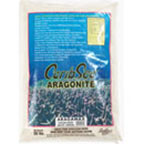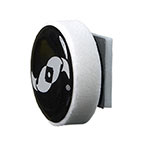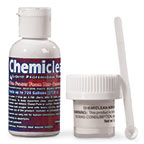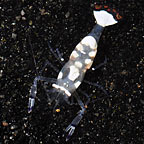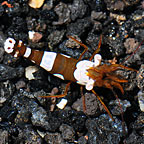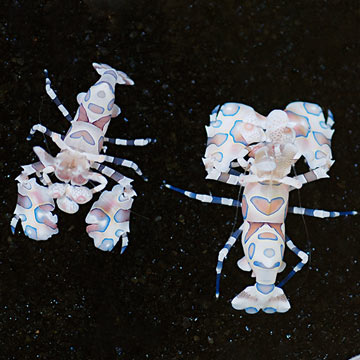
Additional locales and sizes may be available!
Additional locales and sizes may be available! Email me when availableQuick Stats
What do these Quick Stats mean? Click here for more information
What do these Quick Stats mean? Click here for more information
Overview
The Harlequin Shrimp is best kept as mated pairs in an aquarium with moderate light. The Harlequin Shrimp can not tolerate copper or high nitrates, and iodine levels must be correct and maintained to ensure proper molting.
It is very particular about what it will eat, dining only on echinoderms, primarily starfish, and a few urchin species. It will eat starfish (Linckia, Fromia sp.) by starting at the tip of the arm and working its way to the central disc. The starfish may shed the arm, but is often mortally wounded.
As its primary source of food, you will need to supply the Harlequin Shrimp with starfish (Asterias rubens for adults, and Linckia for juveniles). The adults may also eat sea urchins.
Approximate Purchase Size: Small: Under 3/4"; Medium: 3/4" to 1-1/4"; Large: 1-1/4" to 1-3/4"




